This series is about automotive history as seen through vehicles at the ends of their lives, and the history of the Kaiser-Frazer Corporation is an especially fascinating one. We admired a 1947 Frazer Manhattan in a Denver boneyard a year ago, and today we'll take a look at another Kaiser-Frazer product that appeared at a yard just south of the Denver city limits.
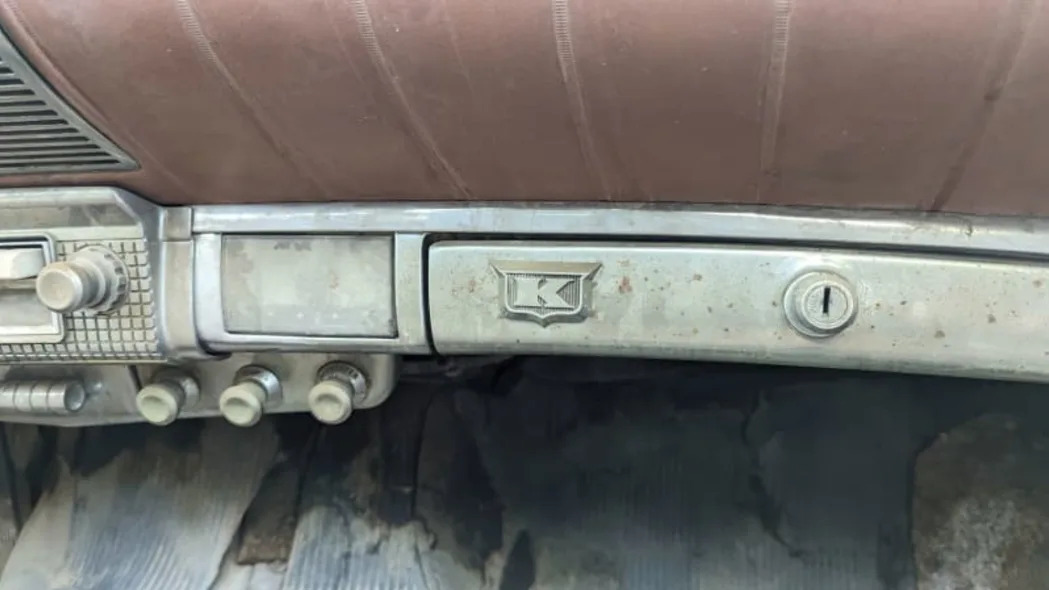
Henry J. Kaiser was a construction-industry giant even before World War II, but he became a superstar in the eyes of the American public for building thousands of urgently needed cargo ships in a hurry (at one point assembling a Liberty Ship in under five days). After the war, Kaiser teamed up with the legendary automotive-industry warlord who made his bones at Willys-Overland, Joseph W. Frazer, to build cars. The Willow Run B-24 bomber factory near Detroit (then the largest building in the world) was purchased, and Kaiser's plan was that the Kaiser-Frazer Company would soon dominate the industry. How hard could it be?

It turned out to be really hard, in fact, because GM, Ford and Chrysler just needed a few years after the shooting stopped to create brand-new postwar designs and build them more cheaply than any upstart newcomers could. For the whole story, you'll want to read Aaron Severson's excellent article at Ate Up With Motor; the short version is that Kaiser-Frazer sales were great through 1948 (when any new cars would sell to Americans desperate for them), then cratered. Frazer departed in 1951, the year today's Junkyard Gem rolled off the Willow Run assembly line, and Kaiser stopped building passenger cars for the United States market in 1955. Having bought Willys-Overland in 1953, though, Kaiser made good-enough money building Jeeps and that operation was sold to American Motors a few years after his death.
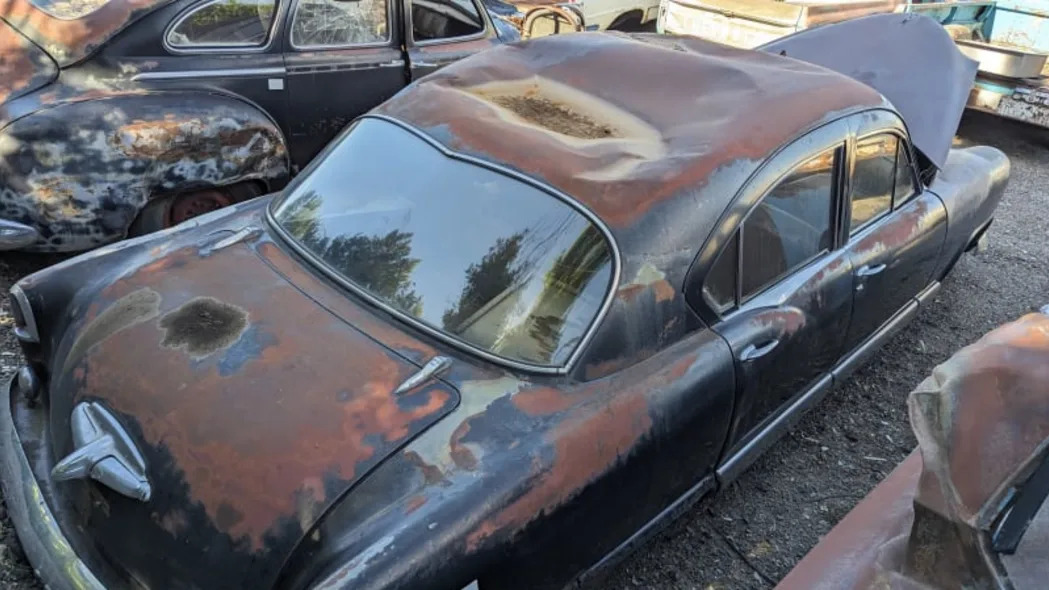
This car was one of hundreds stored at CAP's private-reserve yard for decades, but now it has been put in the general U-Pull-It inventory (along with more than 20 first-generation Mustangs).
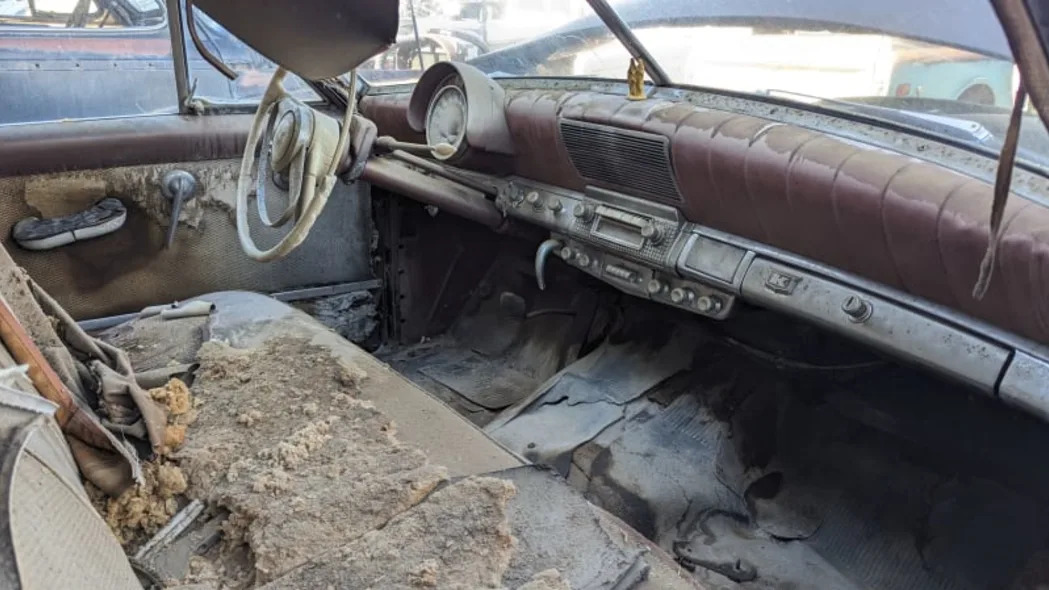
The interior is rough from all those years of outdoor storage, but you can see that it was once fairly plush.
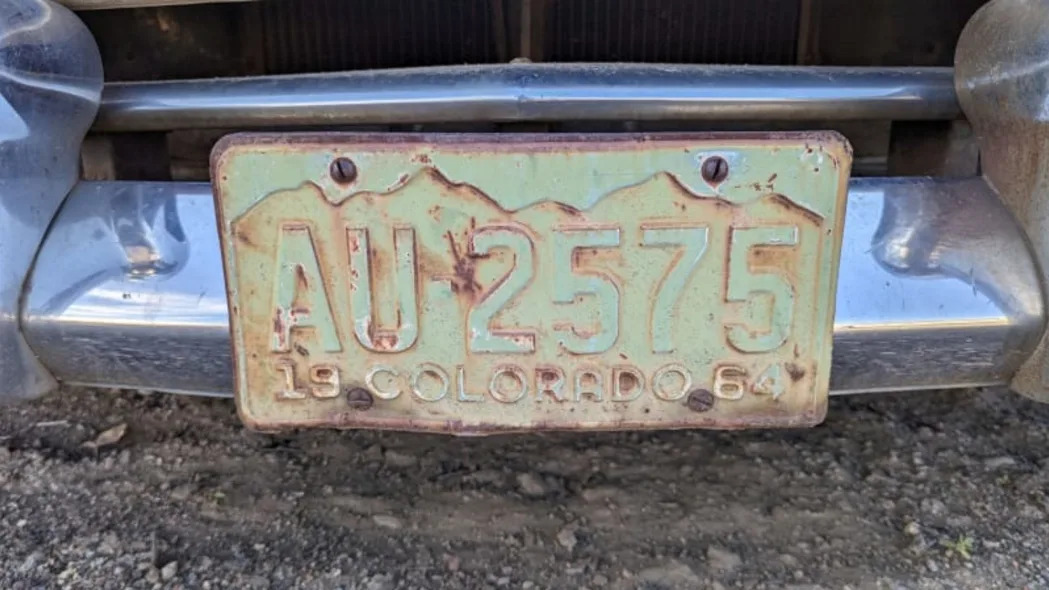
It has been many years since this car was on the road.
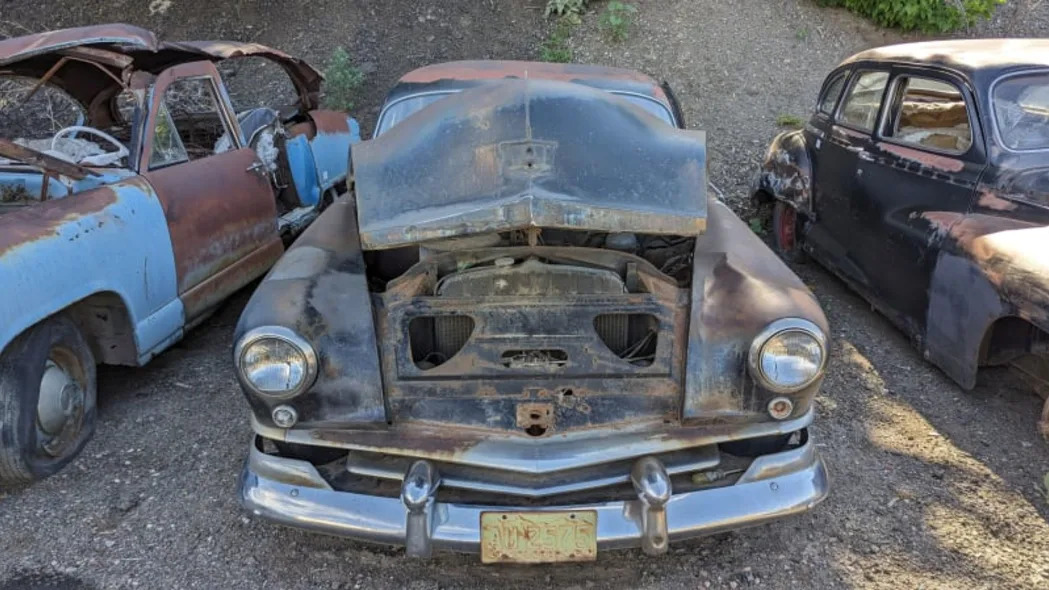
Its MSRP was $2,328, or about $27,964 in 2023 dollars. That was a lot more than the prices charged by the Detroit Big Three competition for similar cars; for example, a new 1951 Oldsmobile Eighty-Eight sedan listed at just $1,871 ($22,475 after inflation), and the Olds was bigger plus — even more important in those boom years — looked far more futuristic.

When you opened the hood of the '51 Kaiser, the contrast to Oldsmobile got even more painful. Even the cheapest Olds models that year got the Rocket V8, a thoroughly modern overhead-valve V8 engine so good that Ike Turner created the world's first rock-n-roll song about it. Unfortunately for Kaiser-Frazer, the company had never had the resources to design an engine from scratch, so all the full-sized Kaisers and Frazers were fitted with the ancient 226-cubic-inch (3.7-liter) Continental flathead straight-six engine (the smaller Kaiser Henry J and Kaiser Darrin got Willys-Overland-sourced flatheads and F-heads that were just as antiquated).

Members of the Continental Motors straight-six engine family were used by over 100 automobile manufacturers, dating back to the 1920s. The 226 used by Kaiser-Frazer worked well enough (it made 115 horsepower in this application), but it seemed like a relic in the year of the F4D Skyray's first flight. 1951 was also the first year for Chrysler's Hemi V8 engine, which made 180 horsepower in the $3,016 Saratoga ($36,229 today). To be fair, Ford stuck with its elderly flathead V8 engine until 1954 and its flathead straight-six until 1952, while most Chrysler products were stuck with flathead sixes until deep into the 1950s. Meanwhile, Pontiac and Chevrolet had to wait until 1955 for V8s.
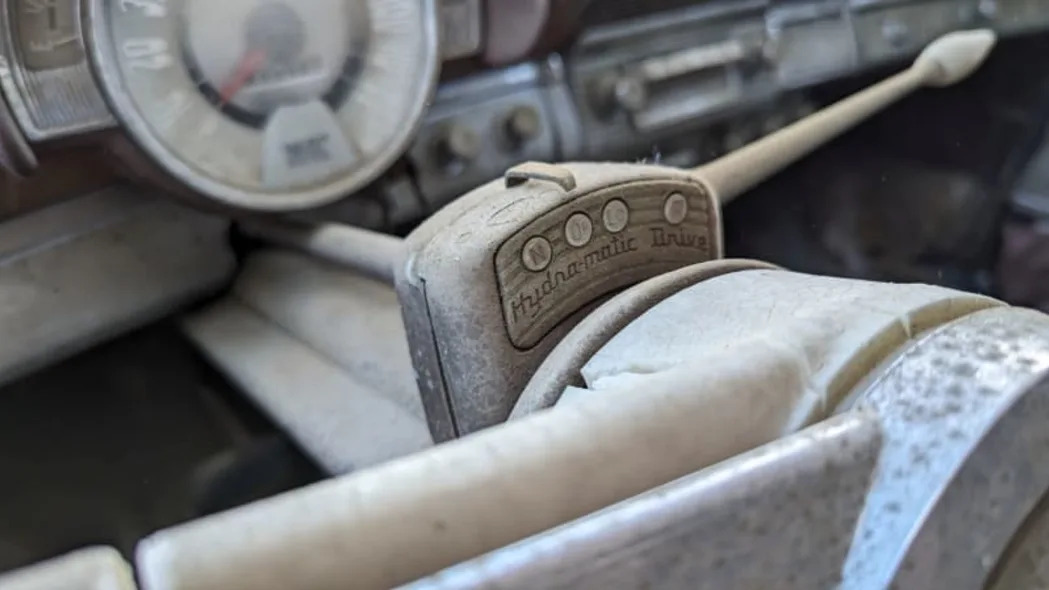
Prior to the 1951 model year, Kaiser-Frazers all had three-speed column-shift manual transmissions, but a deal was made to buy Hydra-Matic four-speed automatic transmissions from General Motors for '51. That's what this car has, and it cost the original owner an extra $162 ($1,946 after inflation).
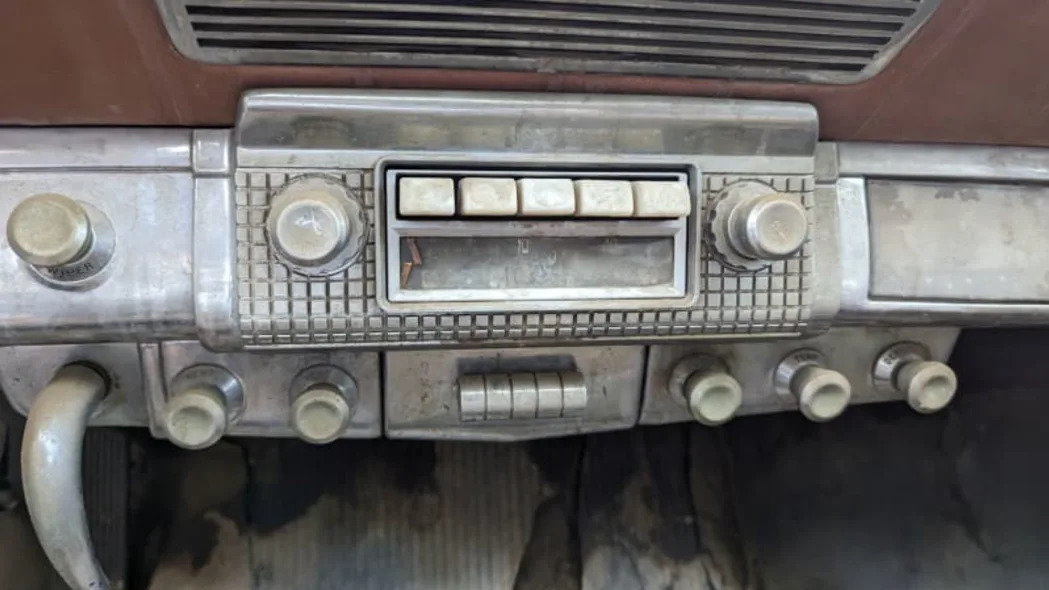
There's also the optional AM radio, which used vacuum tubes and therefore required a lengthy warmup to function.
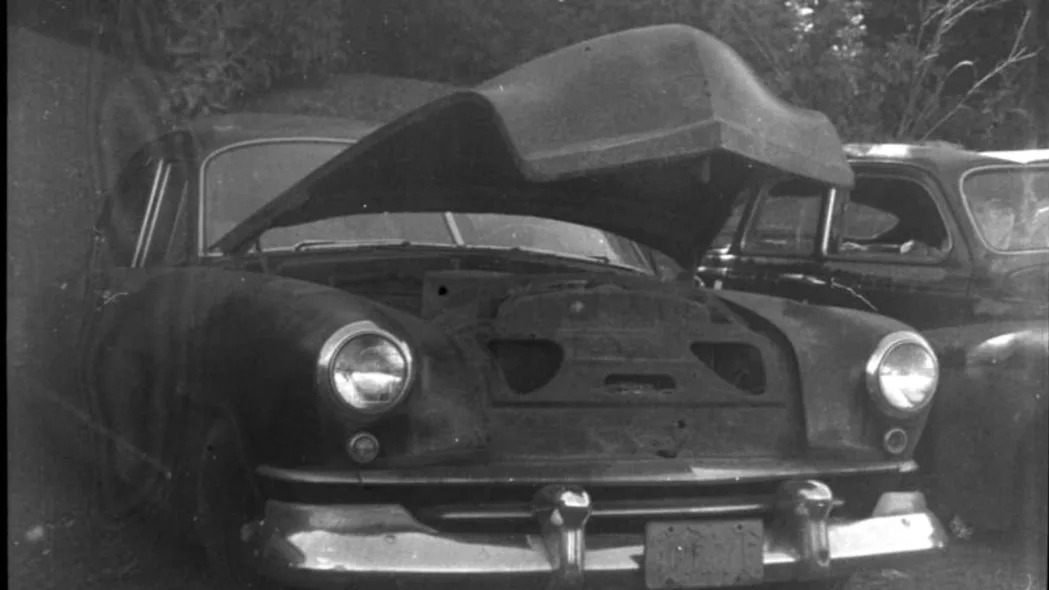
I like to photograph junkyards with vintage film cameras, and I shot this car with a 1920s Ansco Memo 35mm camera.
Here's some good footage of Willow Run in action.
Back in the early 1950s, American car passengers were willing to sit three abreast in a bench seat.
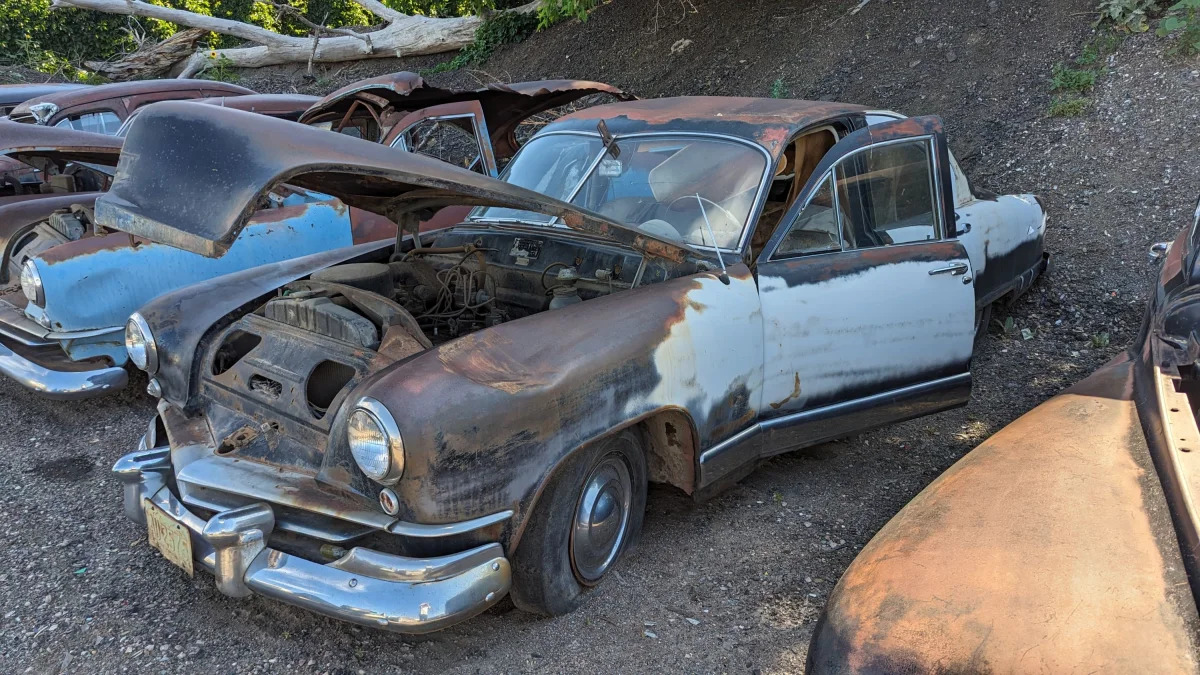









Sign in to post
Please sign in to leave a comment.
Continue